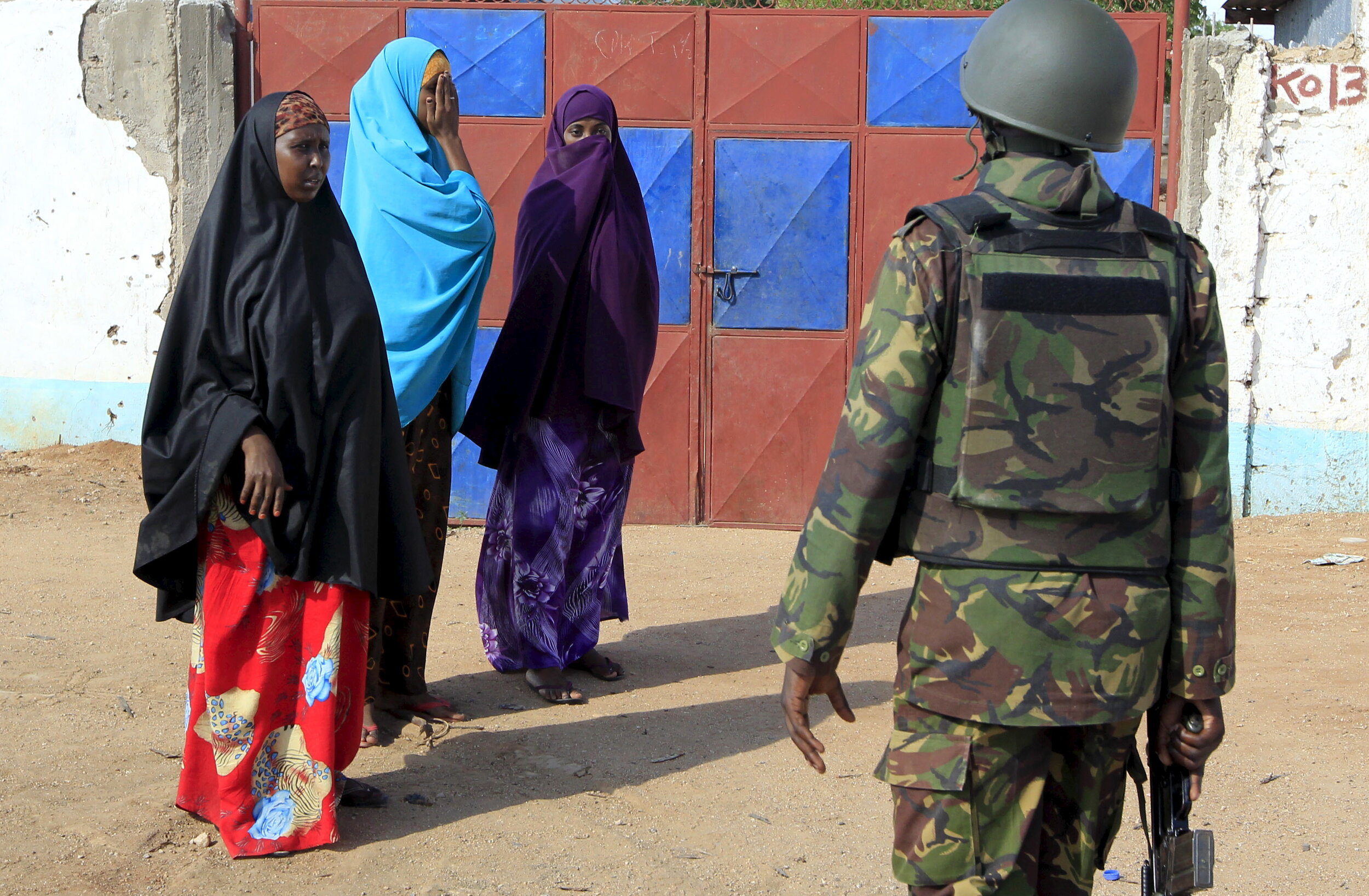American Trucks, Soviet Bases, and the 'Forever War' in Afghanistan
A forklift carries a vehicle at the air base in Bagram after American troops vacated it, in Parwan province, Afghanistan, July 5, 2021. [Mohammad Ismail/Reuters]
By Tony Karon
This month’s U.S. departure from Afghanistan, after a failed two-decade war, spared Americans a repeat of the humiliating 1975 image of withdrawal from Vietnam: U.S. personnel and their allies desperately scrambling to board helicopters atop the U.S. embassy amid the collapse of a regime it had helped create.
Instead, a different sort of image offered an eloquent visual haiku on the ironies of another failed expeditionary war. As troops departed this month, they left behind a fleet of Toyota Tacoma pickup trucks – the Taliban’s ride of choice – photographed on the tarmac of a sprawling Soviet-built air base outside Kabul.
The U.S. war in Afghanistan was lost even as it began, a proverbial mission impossible, given its implausible, incoherently defined objectives. The Pentagon had – internally – admitted as much (according to secret documents leaked to the Washington Post in 2019) even if confessing the obvious remained politically taboo until now. And, of course, it was tens of thousands of Afghans who paid the heaviest price for this failure.
U.S. media reports asking whether Afghanistan would now “descend into civil war” miss the point: The Taliban was never defeated, simply dispersed by the initial U.S. foray into Afghanistan following the September 11, 2001 attacks by Al Qaeda in New York City and Washington, DC. It retained deep and strong roots among the civilian population, and enduring sanctuary in Pakistan. Afghanistan was in a state of civil war long before the U.S. troops arrived, and that civil war raged throughout their deployment. The deal with the Taliban under which the U.S. agreed to withdraw – that the Taliban not allow groups like Al Qaeda that engage in transnational violence to operate from Afghan territory – has been on offer in some form pretty much since the beginning of the war. Former Pakistani military strongman President Pervez Musharraf essentially offered a version of it to the Bush administration in hopes of restraining the U.S. from driving out the Taliban regime Pakistan had helped install to end the post-Soviet chaos and as a hedge against Indian influence in Afghanistan.
The Afghan National Army (ANA) created by the U.S. may or may not fold like a house of cards in the coming weeks. When President Biden says the Taliban’s 75,000 fighters are no match for the 300,000 men of the ANA, he sounds like someone who hasn’t been paying attention. It was obvious even when Biden had begun his term as vice president 12 years ago that the numbers of men on the payroll of the ANA mean very little when the question was whether they’d be willing to fight the Taliban. What’s notable about the current Taliban surge is that it’s not having to fight its way across the country; in many cases Afghan government forces are simply surrendering territory, melting away and sometimes even joining the force they were meant to be fighting. Perhaps they can read the writing on the wall – after all, despite its overwhelming military power, the U.S. was obliged to negotiate its withdrawal with the Taliban, the force it was originally sent to destroy. By some accounts, the Taliban now controls some 80% of Afghanistan’s territory (more or less the same proportion it controlled when the U.S. arrived 20 years ago, though back then that included the cities).
That the U.S. failed, as the Soviet Union had, to impose its will in Afghanistan should come as no surprise when we remember the failure of its altogether more brutal quarter-century effort to remake Vietnam. Land wars in Asia – as the sage Vizzini warns – rarely go well for expeditionary forces.
Vietnam figures in this story not only as historical analogy, of course. In the 1980s, the Reagan administration did its best to make Afghanistan “Moscow’s Vietnam,” a military quagmire that would bleed their Cold War rival. And it was the covert U.S. effort to strengthen those fighting the Red Army in Afghanistan that had inadvertently created Al Qaeda, a transnational network forged by the Arab volunteers who had been recruited, trained, armed and deployed in support of the Afghan Mujahedeen in a program coordinated between the CIA, Pakistan’s ISI and various U.S.-allied Arab security services.
There was already an element of what the CIA calls “blowback” at the heart of the Afghanistan intervention, in that the perpetrators of the 9/11 attacks in the U.S. were partly a byproduct of a U.S. covert effort to fight the Soviets in Afghanistan.
As Biden correctly pointed out, the U.S. has been unable to qualitatively transform Afghanistan over 20 years. The choice he faced was the same as faced by his predecessors: a “forever” war, or withdrawing U.S. ground forces. Around one-quarter of a million people have been killed in Afghanistan since the U.S. invasion. More will die, and suffer, after the U.S. withdrawal.
So, what lessons will be learned from this debacle?
U.S. allies in Afghanistan and its neighborhood will be reminded of the limits of Washington’s commitment to fighting wars far away from home. For U.S. adversaries in the region, the withdrawal simply confirms what they’ve known for years – and what they witnessed in Iraq – the limits of what U.S. military power can achieve. But what of Americans? Did those who landed at Bagram ever consider who had built the sprawling air base, and what had become of them? It’s worth asking whether this generation has now absorbed the lesson their forebears learned at great cost in Vietnam: That even for a power as well-armed and organized as the United States, sending its military to subdue indigenous armed movements and stand up new regimes in distant lands is, more often than not, a brutal folly.

![A forklift carries a vehicle at the air base in Bagram after American troops vacated it, in Parwan province, Afghanistan, July 5, 2021. [Mohammad Ismail/Reuters]](https://images.squarespace-cdn.com/content/v1/5f21dbb91adde3260d4ba1ef/1626374849201-872TD4WL3XKL5KDY7NJ4/2021-07-05T125754Z_474566043_RC2AEO9QU4VZ_RTRMADP_3_USA-AFGHANISTAN-BAGRAM.JPG)



